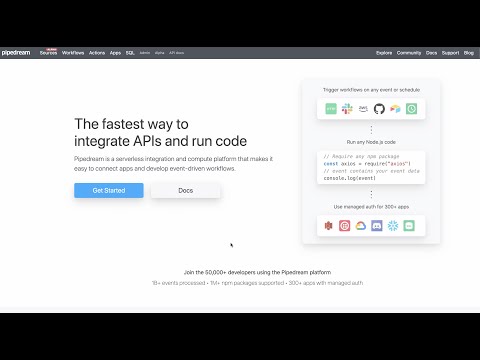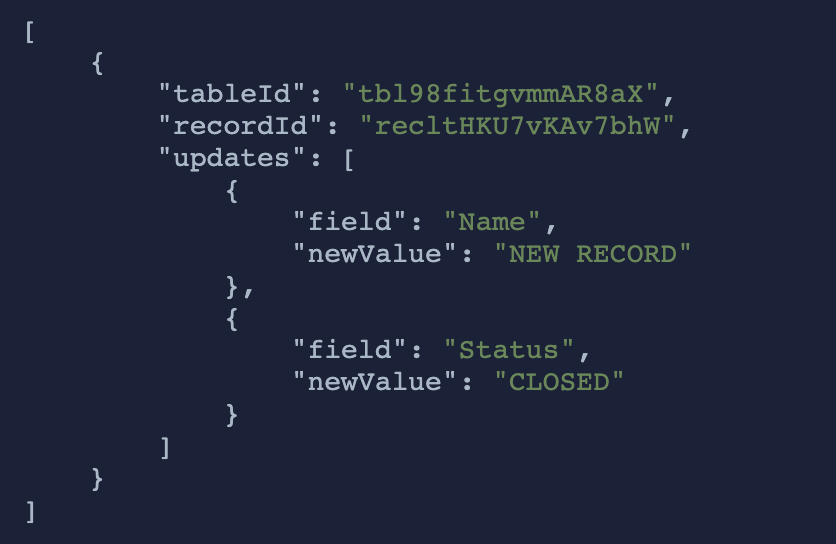What do you want to automate
with Mailjet and Slack?
Prompt, edit and deploy AI agents that connect to Mailjet, Slack and 2,800+ other apps in seconds.
Trusted by 1,000,000+ developers from startups to Fortune 500 companies
Popular Mailjet and Slack Triggers#
Emit new event when a new message is posted to one or more channels
Emit new event when a message was posted in a direct message channel
Emit new events on new Slack interactivity events sourced from Block Kit interactive elements, Slash commands, or Shortcuts
Popular Mailjet and Slack Actions#
Add a new unique contact to your global contact list and select its exclusion status. See the docs here
Send a message to a public or private channel. See the documentation
Retrieve details for all contact lists - name, subscriber count, creation timestamp, deletion status. See the docs here
Send a message to a user, group, private channel or public channel. See the documentation
Send a message via Send API v3. Send API v3 is built mainly for speed, allowing you to send up to 100 messages in a single API call. See the docs here
Overview of Mailjet#
Mailjet's API offers the power to craft, send, and track emails with finesse. You can wield it to automate email sequences, synchronize email lists with your databases, and send transactional emails with personalized content. It's a playground for creating tailored email campaigns and dissecting campaign performance with rich analytics.
Connect Mailjet#
import { axios } from "@pipedream/platform"
export default defineComponent({
props: {
mailjet: {
type: "app",
app: "mailjet",
}
},
async run({steps, $}) {
return await axios($, {
url: `https://api.mailjet.com/v3/REST/contactslist`,
auth: {
username: `{{custom_fields.public_key}}`,
password: `${this.mailjet.$auth.secret_key}`,
},
})
},
})
Overview of Slack#
The Pipedream app for Slack enables you to build event-driven workflows that interact with the Slack API. Once you authorize the app's access to your workspace, you can use Pipedream workflows to perform common Slack actions or write your own code against the Slack API.
The Pipedream app for Slack is not a typical app. You don't interact with it directly as a bot, and it doesn't add custom functionality to your workspace out of the box. It makes it easier to automate anything you'd typically use the Slack API for, using Pipedream workflows.
- Automate posting updates to your team channels
- Create a bot to answer common questions
- Integrate with your existing tools and services
- And much more!
Connect Slack#
import { axios } from "@pipedream/platform"
export default defineComponent({
props: {
slack: {
type: "app",
app: "slack",
}
},
async run({steps, $}) {
return await axios($, {
url: `https://slack.com/api/users.profile.get`,
headers: {
Authorization: `Bearer ${this.slack.$auth.oauth_access_token}`,
},
})
},
})
Related Videos#


Community Posts#
